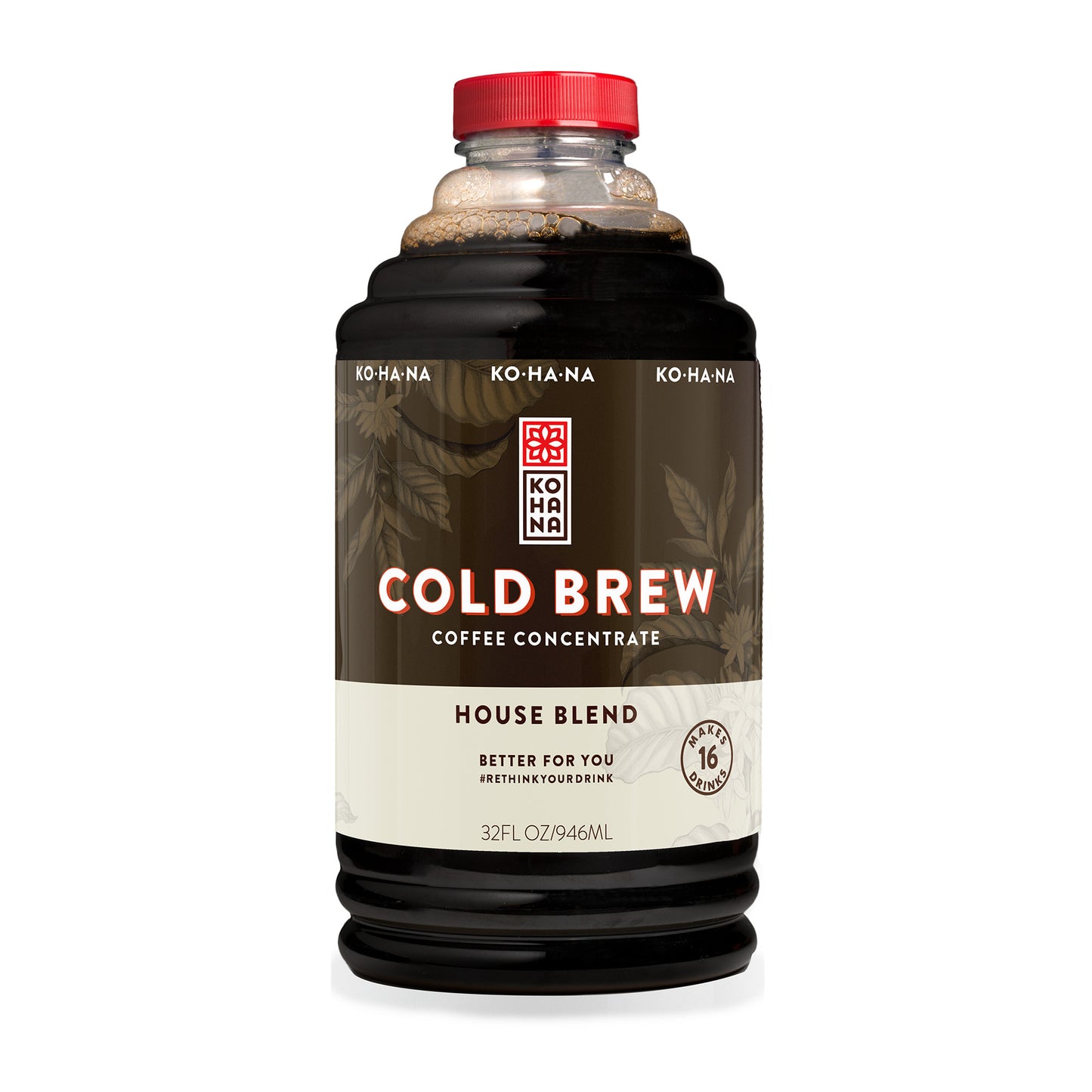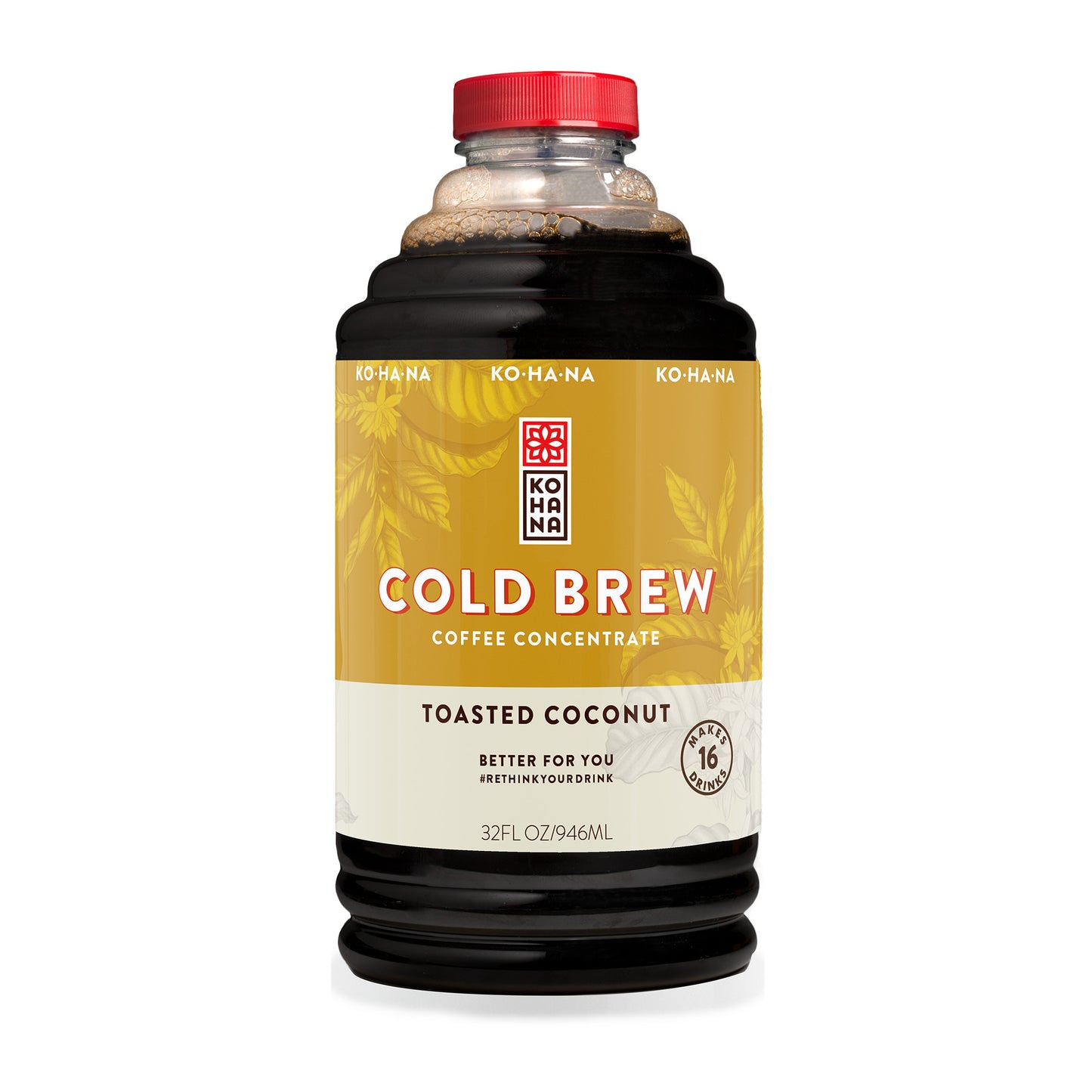
Last time out, we looked at how to set up a proper coffee cupping, the practice of consciously sampling the coffees we love. Now we’re ready for the fun part: actually tasting some!
Coffee has three main components: Aroma, taste, and body. In a cupping session, you’ll explore all three. There are whole guides to the process, but here are the basics:
- Taste several coffees at once. The more you taste, the more comparisons you can make, and the more comparisons you make, the more apparent the differences between individual coffees become. Since it’s these differences that lead us to identify the flavor components of different coffees, you’ll need to have some variety on your tasting table.
- Clear your head and cleanse your palate. Regular coffee drinking can lead us to overlook or develop “immunity” to some of its flavor subtleties. So start by removing all preconceived notions of coffee taste from your mind. Convince yourself you’ve never had it before and start as fresh as you can. Cleanse your palate with water and perhaps plain crackers, and begin!
- Go black or go home. Sure, we love our cream and sugar, too. But they change coffee’s taste and hide many of the flavors you’re seeking. Black coffee, on the other hand, is pure coffee.
- Start with the aroma. Bend over the cup, give it a slight stir and inhale deeply. What do you smell? What does it make you think of? What other foods or scents does it bring to mind? How does the aroma between your different coffees vary?
- Take a quick first sip. What are you experiencing in terms of both initial flavor and aftertaste?
- Now slurp a sip. Slurping lets you collect more coffee and spread it more evenly across the entirety of your tongue, whose different zones respond to different elements of taste like sweet, bitter, etc. Again, what does the flavor remind you of? What other foods can you taste? What do you think of its sweetness, bitterness, and acidity? How well are all the different tastes balanced? Are there any flaws?
- Contemplate body. Is it thick or thin? Does it feel rich or slight in your mouth? A good coffee should have somebody too it but not so much that it sits heavy on your tongue.
- Consider aftertaste. Pleasant or harsh? Bitter or just right?
- Move from coffee to coffee without long pauses. This is the best way to get some comparisons going. Don’t worry about cleansing your palate in between—coffee is about 98% water so it’s a cleanser itself! But you can always have a sip of room temperature water if you need.
- Take notes. They help you focus on and remember what you’re tasting.
Last but not least, remember that to each his or her own! The coffee flavors you favor may not be the same ones your tasting friends prefer. In this test, there are no wrong answers. Enjoy!



